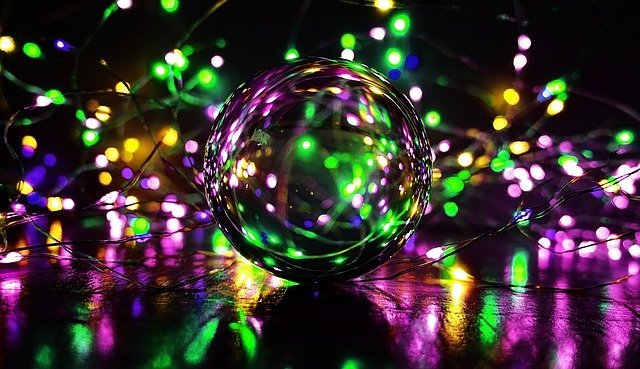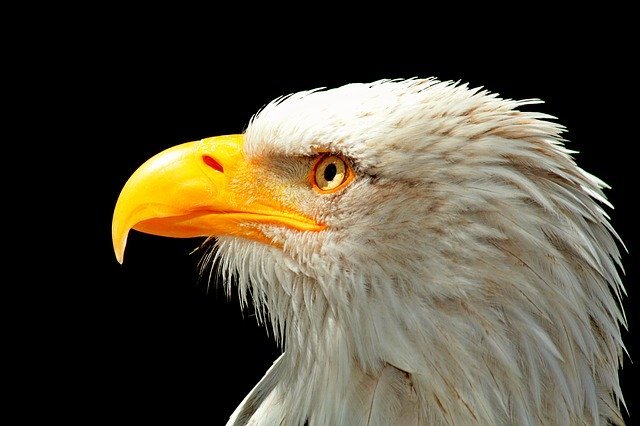If photography is something you are not familiar with, then you might be thinking you need some tips to help you understand the basics so you can take good clear pictures. The following article contains some great ideas and tips on how you can go about getting started on the path to becoming a good photographer.
Digital techniques can give your photographs a unique and interesting appearance. There are many software programs on the market today that can alter photographs in many different ways. Adobe Photoshop is the premier program, but there are many others. Instantly converting photographs to pieces of art is as simple as selecting the “filter” button, choosing which medium you prefer, then clicking your selection.
Use photo manipulation programs to create images that would have been impossible with ordinary film only, including those that resemble watercolors, pencil sketches, and oil paintings. There are many different types of software programs that will make it quite simple for you to alter the look of the photos; Adobe Photoshop is considered to be an industry standard program. You can transform your photos into works of art by using features like “filter”.
Pick what you want in the picture. A good picture should be like a small window showing a certain aspect of your subject. Don’t try to crowd too many things into the picture. A series of photographs taken in succession which lack a focus on a single subject create a story, or a general impression of a scene.
Framing your photo is an important part of photographic composition. Make sure to zoom in on the focus of the picture, and keep distracting elements out of the picture. This can keep your pictures from feeling cluttered, busy, and distracting to the eye.
Another handy photography tip involves the camera’s shutter. Learn the basics about different types of shutter speeds. Your camera actually has A,M,S and P settings. The ‘P’ button will take you to the program mode. This setting is automatic, which means you don’t have to worry about setting the shutter or aperture speed yourself. For general use, the “P” setting is the right one to choose.
Take pictures of small details while traveling. Some things may seem unimportant at the time you shoot the photo, but when you return home, every photograph will help recreate memories and ambiance. Consider photographing things like signs on the street, odd storefronts, tickets to a museum or the food sold by street vendors.
Take photos of all the cool souvenirs you bought on your trip. For example, photograph the shop where you had originally purchased the memento, or frame the object against a memorable background. Photographs showing you with your souvenir, or the place you purchased it, can place the objects in the context of your travels and remind you of the moment you made the purchase.
Anybody can become a decent photographer, it just takes practice. Get more experience by continuing to take pictures. Get a digital camera so you can take as many pictures as you want. Delete the ones you have no interest in. You want to constantly experiment with new subjects and techniques, then judge and compare the results to see what worked best.
Composition is an important factor that every beginning photographer should consider and educate themselves on. As with anything artistic, the composition determines if the photo is of the highest quality possible. Try educating yourself about proper composition and your photography skills will soon improve.

Educating yourself about appropriate composition can help your photography improve, regardless of whether you are a beginner or an experienced photographer. If composition is lacking, your photograph as a whole will feel as if it’s lacking something. When you want to improve your photography skills, learn, study and apply all you can about proper composition.
Throughout life, it has been ingrained in our minds to have things symmetrical. Most people are attracted to symmetry, even in pictures. That said, sometimes going against the grain with an off-center photo is an easy way to add interest. Watch the auto-focus features that start to lock in the core of your shots. Use the manual focus and lock it right before you take your picture.
When trying to compose your photos artistically, less really is more. Cluttering your shots with too many elements is unnecessary. When you keep your backdrop and props simple, your subject has an opportunity to shine.
You might be more creative if you use limits. For instance, tell yourself that you will only take pictures that revolve around a particular concept. Make an attempt to take 100 photos from a similar point of view or from the same small location. These limitations can force you to think outside the box and create more unusual photos.
Typically, our mind like to see things ordered in a very even and centered way. Though the pursuit of perfection maybe a noble one, it is not needed in the realm of photography. Capture a more interesting picture by having your subject be off to the side of the frame. Turn off the auto-focus so that your camera doesn’t lock its focus onto the center of your shot. Focus your camera manually, then lock it before taking the picture.
White is a terrible color to wear in a photograph, despite popular belief. Modern cameras generally try to focus automatically by taking into account the objects, colors, and lighting present in the environment. It will be easier to appear washed out in white clothing.
Whenever you are taking photographs of landscapes, your pictures should always have three key aspects. Working backwards these are background, mid ground and, of course, the foreground. Not only are these important for photography purposes, but most types of art.
If you are photographing couples or groups, help them to get better photographs by advising them on their outfits in advance. They don’t have to wear the same colors, but they should try complementary shades to produce the best results. Suggesting warm colors or neutral shades will almost always work and will be especially effective with a natural background. If your subjects absolutely have to wear bright, bold colors, try to get them to wear at least one item that is black in order to avoid a clash of colors.
To use a camera well, and preserve an image or a moment that would otherwise be lost, tips like those you’ve just read can provide invaluable assistance. Making use of this article’s advice can help you get more comfortable in the photographic world and set you on the path to becoming an expert photographer.
Add interest to a photograph by adjusting the focus at different points. Using a smaller depth of field (f-stop) value will emphasize the subject and de-emphasize the background. This is a good choice for portraits, since the subject of your shot will be nearer to the camera. A higher f-stop number brings the whole view into focus. This will work well for photographs of landscapes.


